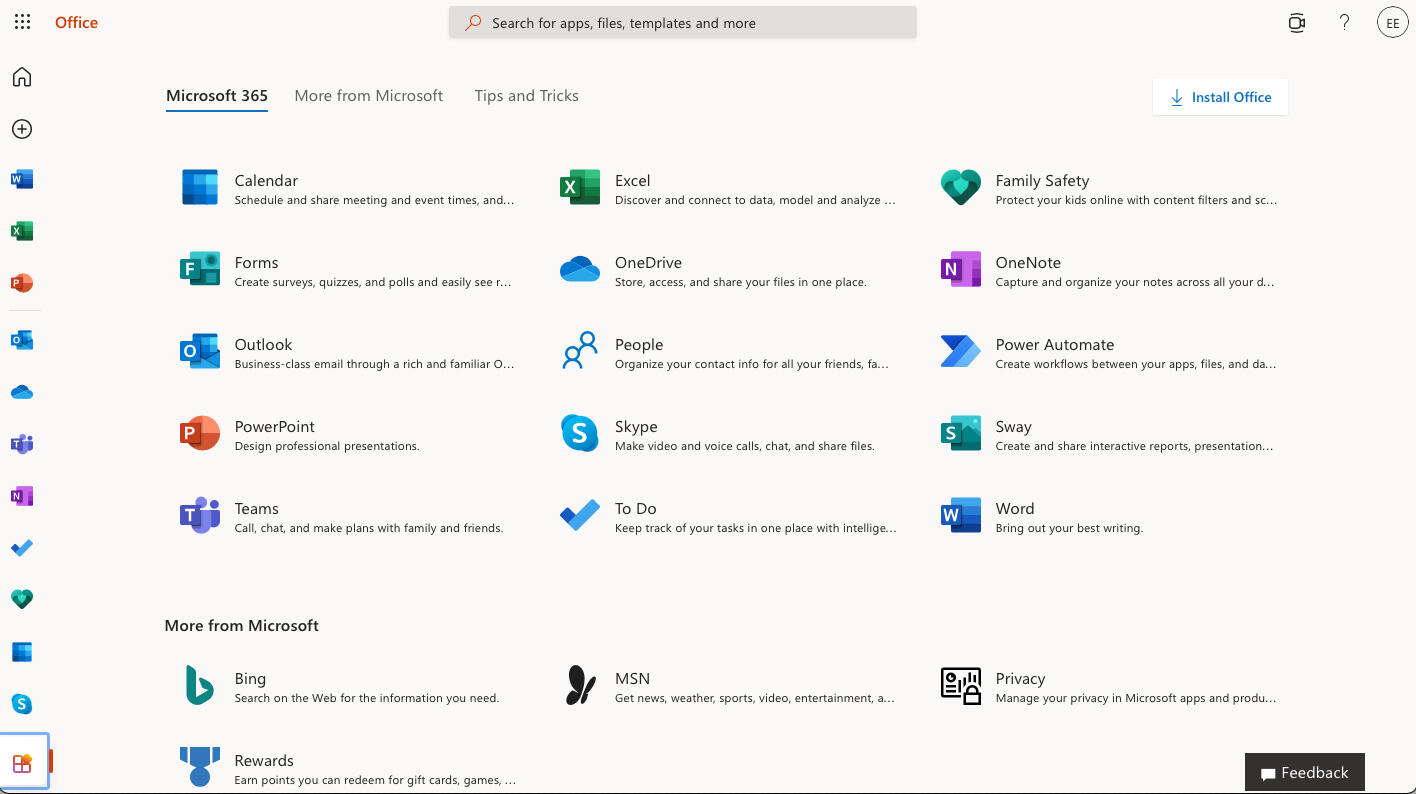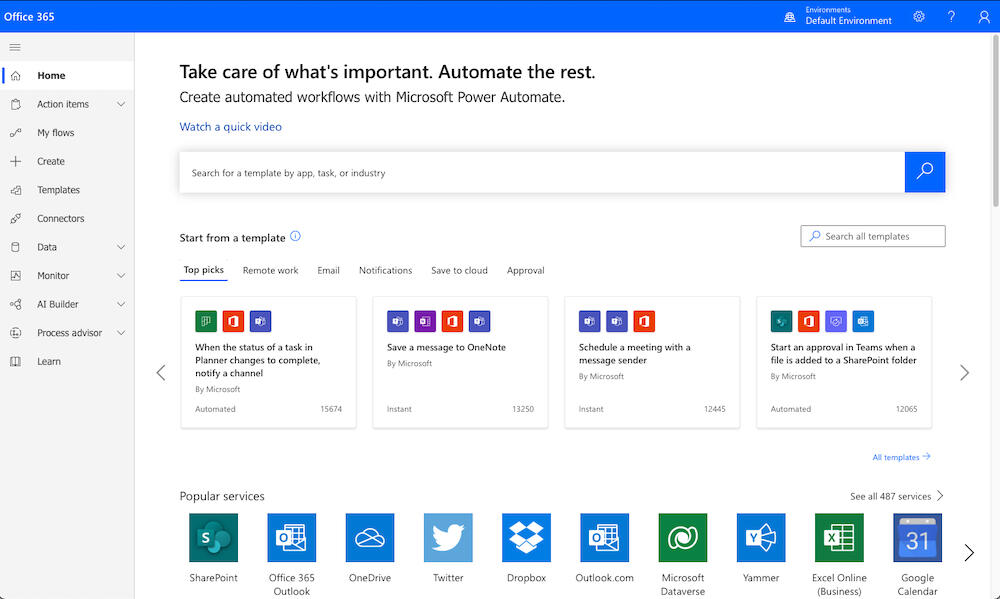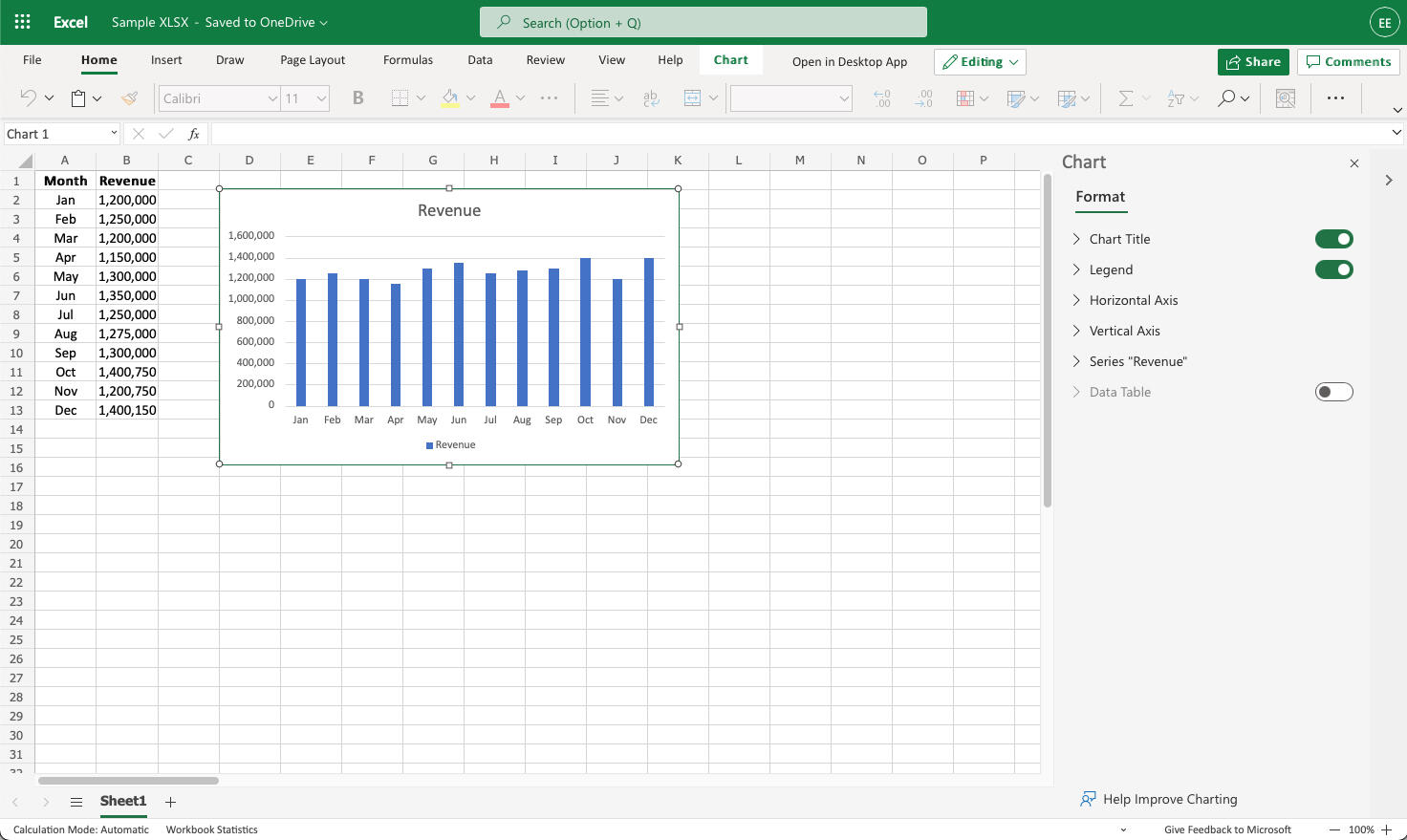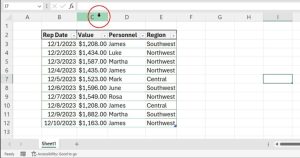Microsoft 365 subscription plans have become industry-standard tools for PC users, but Apple users benefit, too. Here’s how Microsoft 365 tools work with iPads, iPhones and Macs.
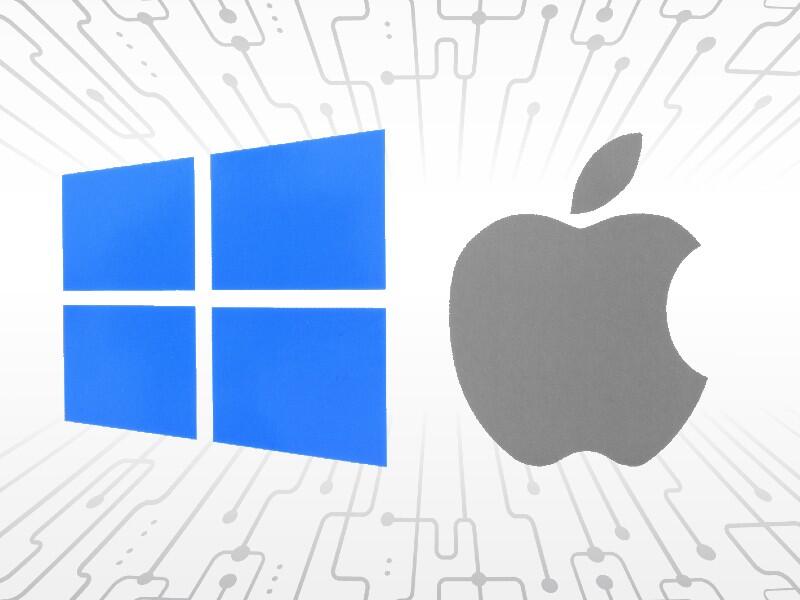
Illustration: Lisa Hornung/TechRepublic
Microsoft offers a variety of Microsoft 365 subscription plans that include a wide range of software applications and services. For starters, there are home plans and business plans. The two home plans are Microsoft 365 Family, which costs $99.99 annually, supports up to six people and includes up to 6TB of cloud storage, whereas the Microsoft 365 Personal plan at $69.99 is designed for a single user and provides just 1TB of cloud storage.
SEE: 83 Excel tips every user should master (TechRepublic)
The business plans are, necessarily, more complex. The most basic plan, the Microsoft 365 Business Basic, is priced at $5 per user per month and includes web and mobile (iPad and iPhone) versions of Word, Excel and PowerPoint, as well as Teams, Exchange email, OneDrive and SharePoint.
Microsoft 365 Business Standard, at $12.95 per user per month, includes those same features but adds access to Mac desktop versions of the applications as well. In addition, the Business Standard plan adds Publisher (but only for Windows PC users) and Access (but again, only for Windows users).
The Microsoft 365 Business Premium plan at $20 per user per month adds Intune and Azure Information Protection services, advanced threat protection for email attachments and links, as well as zero-day threats and ransomware via Microsoft Defender for Office 365. Other features of the plan include the ability to remotely wipe company data from lost or stolen devices using Intune, as well as the ability to restrict copying or saving of company information using unauthorized applications and controlling who can access specific organization information using Microsoft’s Information Rights Management.
SEE: Windows 10: Lists of vocal commands for speech recognition and dictation (free PDF) (TechRepublic)
The Premium plan targets firms particularly focused on Windows security. Other security features included with the subscription are policy enforcement capabilities providing pre-breach protection from threats on Windows 10 machines using Windows Defender Exploit Guard, as well as malware protection on Windows machines via Windows Defender. Last, unlimited Exchange Online Archiving is included, too, at this level, as is PC and mobile device management, including for iPads and iPhones. And, while automated desktop deployment features are included and provided via PC management components, the feature applies only to Windows PCs. However, mobile device management support included with this plan possesses the ability to configure security features, settings and profiles for mobile Apple devices.
There’s also an apps-focused plan. The Microsoft 365 Apps subscription, priced at $8.25 per user per month, provides web, mobile and desktop versions of Outlook, Word, Excel and PowerPoint for Mac users, while Windows users also receive Publisher and Access. OneDrive storage is also included, but email and calendaring features are not.
Overall, Apple users receive access to most Microsoft 365 applications, with a sampling of available apps as viewed within a Microsoft Family account in Figure A.
Figure A
” data-credit>
Microsoft 365 provides access to a variety of applications, as shown in this sample from a Microsoft Family subscription.
Either via iPad and iPhone apps, local Mac versions or web-based support, here are how Microsoft 365 apps break down across the various Apple product lineup:
Microsoft supports the following apps on iOS and iPadOS:
- Azure
- Bookings
- Excel
- OneDrive
- OneNote
- Outlook
- Planner
- Power Apps
- Power Automate
- Power BI
- PowerPoint
- SharePoint
- Teams
- To Do
- Word
- Yammer
The mobile Microsoft Office package, a separate app “download,” collects multiple Microsoft 365 mobile apps within a single app selection:
- Office (Excel, PDFs, PowerPoint and Word)
- Outlook
- OneDrive
- OneNote
As for macOS, the following applications can be installed locally on desktops/laptops (using the proper Microsoft 365 subscription):
- Excel
- Outlook
- PowerPoint
- OneDrive
- OneNote
- Teams
- Word
Another popular but not necessarily Microsoft 365-dependent app is also available locally using macOS: Microsoft Remote Desktop. A multitude of Microsoft 365 application add-ins—such as Grammarly for Microsoft Word, Zoom for Outlook and Lucidchart Diagrams for PowerPoint—are also available from the Business Apps page once logged in to a Microsoft 365 account.
All told, a broad, full-suite collection of cloud-based Microsoft 365 tools are available for macOS members, including:
- Excel
- Lists
- My Analytics
- OneDrive
- OneNote
- Outlook
- People
- Planner
- Power Apps
- Power Automate
- Power BI
- PowerPoint
- Project
- SharePoint
- Stream
- Sway
- Teams
- To Do
- Whiteboard
- Word
- Yammer
While some Microsoft app versions cannot be locally installed on a Mac (or iPad or iPhone), the functionality available to Apple users shouldn’t pose any trouble. In fact, I’ve noticed many users’ tendency to use the cloud-based versions of many of these apps—particularly Power Apps, Power BI, Planner and SharePoint—regardless, so even if local install options were available, they might not be used. As long as an Internet connection is available, the cloud-based versions work quickly, provide wide-ranging collaboration capabilities and prevent lost data due to a lost, stolen or failed laptop or desktop. Better yet, the streamlined Microsoft 365 interface, as shown in Figure B, and the almost-full cloud functionality of popular tools such as Excel, as shown in Figure C, eliminate headaches and make getting to work that much easier.
Figure B
” data-credit>
Microsoft 365’s simple interface makes navigating between applications and files quick and easy.
Figure C
” data-credit>
Cloud-based versions of Microsoft 365 offer broad access to and near-full functionality for most every Microsoft application Apple users will require.
Also see
Source of Article
